
In today’s fast-paced manufacturing landscape, the production of plastic injection molded parts is often met with various challenges that can impede efficiency and quality. As industries increasingly rely on these components for their products, understanding the common pitfalls in the production process becomes vital for success. This blog delves into the top strategies for optimizing the production of plastic injection molded parts, offering invaluable insights and data that can help manufacturers streamline operations, reduce defects, and enhance overall productivity. By addressing critical issues, such as mold design, material selection, and process parameters, businesses can improve their production outcomes and maintain a competitive edge in the market.

Join us as we explore effective approaches to overcoming the prevalent problems associated with plastic injection molding and unlocking the full potential of your manufacturing capabilities.
Material selection plays a crucial role in the cost and efficiency of plastic injection molding processes. Choosing the right material not only impacts the overall budget but also determines the performance characteristics of the final product. For instance, high-performance polymers may come with increased costs, but their superior mechanical properties and thermal resistance can reduce the risk of product failure, ultimately saving money on repairs and replacements in the long run. Evaluating the trade-offs between material costs and long-term benefits is essential for manufacturers aiming to maximize their return on investment.
Furthermore, understanding the specific requirements of the product being molded, such as strength, flexibility, and environmental conditions, can guide material choices that enhance production efficiency. For example, materials that are easier to process can lead to shorter cycle times and reduced energy consumption during manufacturing. This optimization not only elevates production throughput but also aligns with sustainability goals by minimizing waste. By strategically selecting materials that complement the injection molding process, manufacturers can achieve a balance between cost and operational efficiency, paving the way for successful product development.

In the realm of plastic injection molded parts, reducing cycle times is a critical strategy for enhancing production efficiency. To achieve significant reductions, manufacturers should consider leveraging advanced methodologies such as Six Sigma and machine learning. These techniques facilitate a data-driven approach to identify and eliminate inefficiencies in the molding process. By analyzing historical cycle time data, manufacturers can pinpoint specific stages that contribute to delays and implement targeted improvements, leading to faster production rates and enhanced product quality.
Moreover, as the industry grapples with environmental challenges, integrating sustainable practices into the production process is essential. Techniques like life cycle assessment (LCA) allow manufacturers to evaluate the environmental impact of their materials and processes. For example, comparing traditional materials with innovative alternatives, like PHA-based plastics, can reveal better sustainability options without compromising production efficiency. As pressures mount to reduce plastic pollution and energy consumption, adopting technologies that drive both efficiency and sustainability will be vital in shaping the future of plastic manufacturing.
| Strategy | Cycle Time (seconds) | Production Rate (parts/hour) | Material Type | Comments |
|---|---|---|---|---|
| Optimized Cooling | 45 | 80 | ABS | Improves hardness and reduces warping |
| Single-Minute Exchange of Die (SMED) | 50 | 70 | Polypropylene | Reduces setup times significantly |
| Robotic Automation | 40 | 90 | Polycarbonate | Enhances precision and reduces labor costs |
| Process Monitoring | 52 | 75 | Nylon | Helps in adjusting parameters in real time |
| Hot Runner Systems | 43 | 85 | PET | Minimizes waste and enhances flow |
In the competitive landscape of plastic injection molding, quality control is paramount for ensuring that components meet both performance and customer expectations. Effective benchmarking of defects plays a critical role in identifying areas for improvement, which can significantly reduce costs and enhance overall product quality. To establish a robust quality control framework, manufacturers should focus on critical metrics such as scrap rates, defect types, and rework percentages. By tracking these key indicators, companies can pinpoint recurring issues and implement targeted corrective actions.
Analyzing defect data enables organizations to benchmark against industry standards and establish internal goals. For instance, utilizing statistical process control (SPC) helps in monitoring manufacturing processes in real time, allowing for quick interventions when deviations occur. Additionally, employing automated inspection systems can enhance the accuracy of defect detection, ensuring a higher level of consistency in product quality. By leveraging data-driven insights into defect rates and their causes, manufacturers can foster a culture of continuous improvement, ultimately leading to the production of superior injection molded components.
This chart illustrates the benchmark data for defects found in injection molded components across various production runs. The key metrics include defects per million opportunities (DPMO), measuring quality assurance in manufacturing processes.
When analyzing the cost-benefit of traditional versus advanced molding technologies, it's crucial to consider both the initial investment and the long-term operational costs. Traditional plastic injection molding methods often require substantial setup time and manual labor, which increases labor costs and slows down production. Additionally, these techniques may limit design flexibility, resulting in additional expenses for tooling and potential waste during the manufacturing process.
On the other hand, advanced molding technologies, such as 3D printing and automated injection molding, offer several advantages. While the upfront costs may be higher, these technologies can drastically reduce cycle times and improve production efficiency. Furthermore, they often allow for more complex designs and better material utilization, which can significantly lower the cost per part in high-volume applications. Data shows that companies incorporating advanced molding techniques can achieve quicker turnaround times and a better return on investment, ultimately leading to enhanced competitiveness in the market. Thus, while traditional methods have their place, the shift towards advanced technologies is increasingly favorable in the pursuit of optimized production outcomes.
The environmental impact of plastic injection molding processes is a pressing concern as the industry grapples with sustainability challenges. According to a report by the American Society of Mechanical Engineers, the production of plastic parts through injection molding generates approximately 400 million tons of plastic waste annually. This staggering figure underscores the need for sustainable practices to mitigate environmental harm. By adopting efficient recycling methods and utilizing biodegradable materials, manufacturers can significantly reduce their carbon footprint and contribute to a circular economy.

In addition to material choices, optimizing the injection molding process itself is crucial for sustainability. Recent studies show that energy consumption in injection molding can account for up to 60% of the operational costs, with energy-intensive processes emitting significant greenhouse gases. Implementing advanced technologies such as energy-efficient hydraulic and electric injection molding machines can reduce energy usage by more than 30%. Furthermore, integrating waste reduction techniques, like regrind usage and process automation, not only minimizes waste but also enhances overall production efficiency, paving the way for a greener manufacturing landscape in the plastic industry.
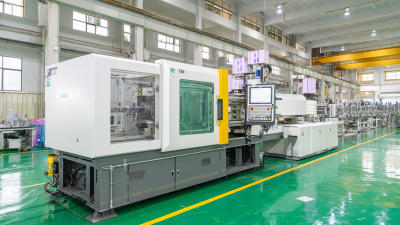
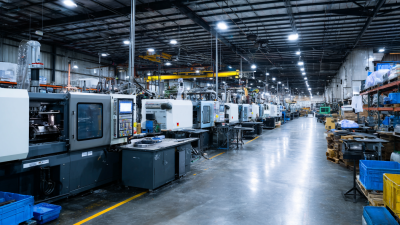
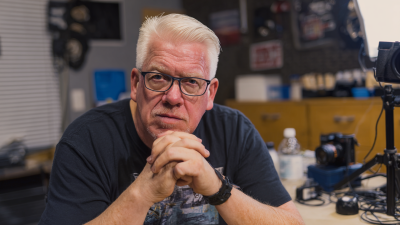

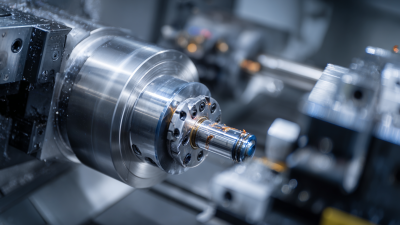
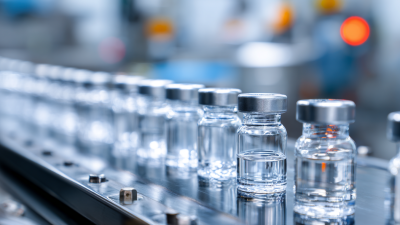
Copyright © 2025 The Toolroom Inc. All Rights Reserved.
Website Design St Louis by IQComputing